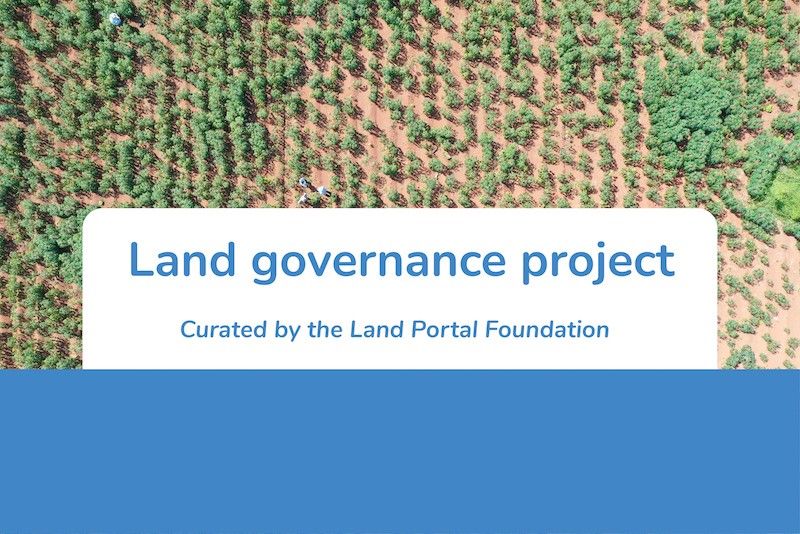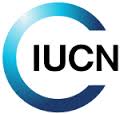Community / Land projects / Landscape Approach to Riverine Forest Restoration, Biodiversity Conservation and Livelihood Improvement
Landscape Approach to Riverine Forest Restoration, Biodiversity Conservation and Livelihood Improvement

€2201586.33
08/22 - 08/22
Voltooid
This project is part of
Implementing Organisations
Donors
Data Providers
Objectives
Project Objective: Restore and maintain critical ecosystem services of globally significant riverine forest landscapes along the River Nile in Sudan. 50,878 ha of riverine forest ecosystems managed to benefit biodiversity and maintain productive value “Core Indicator 4â€. 20,000 private agriculturalists, livestock herders, and forest users (10,000 female/10,000 male) reporting stable or improved standard of living resulting from BD conservation mainstreaming
Other
Note: Disbursement data provided is cumulative and covers disbursement made by the project Agency.
Target Groups
10. Benefits 1. The project will directly benefit approximately 20,000 smallholder farmers, livestock herders, and forest users. As noted, these persons are highly reliant upon riverine ecosystems and associated benefits. Intact riverine forests are invaluable in terms of flood and erosion mitigation. These ecosystems are also critical in terms of provisioning fuelwood and NTFPs. Riverine forests provide habitat for a host of species and important nurseries for fisheries upon which many local residents rely for subsistence and commerce. Importantly, riverine ecosystems offer potential to provide local residents and livelihoods to greater resilience to climate change. 2. The livelihoods of these producers are currently at risk and are further threatened by the sustained trend in deforestation, land degradation, decreasing agriculture and livestock productivity, decreasing water availability, climate change, loss of biodiversity and ecosystem services all leading to deteriorating living conditions and wellbeing of local communities. The project will reverse this trend by providing rural smallholders with the opportunities to access knowledge, information, capacity and experience to adopt improved practices. These practices will result in GEBs, but also increased the standards of living, food security, and climate change resiliency of these at-risk rural dwellers. 3. The top priority to re-engineer the social contract between forest managers and communities, according to the respondents to the household survey conducted during the PPG phase, is creating a strong incentive for local communities to be part of the solution towards establishing a co-management approach of the riverine landscape. Doing so entails supporting local communities to generate alternative income streams through the sustainable valorization of biodiversity-based products, with a special focus on women and girls’ empowerment as explained in details in the Gender Action Plan. By improving productive practices and enabling a better valorization of natural resources along local value chains, with increased livelihoods and income, the project is expected to have knock-on impacts in terms of economic development and associated increases in employment opportunity. 4. At the governance level, national benefits will accrue to a variety of agencies. This will include the ability to more efficiently and effectively address deforestation issues. The results of more integrated and collaborative approaches to biodiversity conservation will also increase the cost-effectiveness of current divergent investments in a context of financial scarcity post COVID-19. These investments and associated human resources will be harmonized to directly address degradation and increase synergistic responses. This will include capacity building, limited supply of better equipment, and access to knowledge and capacity based upon best international and regional principles and practices.




